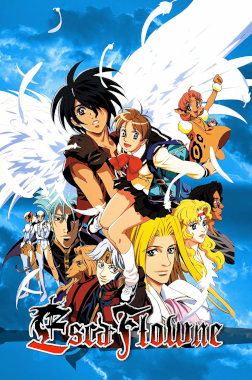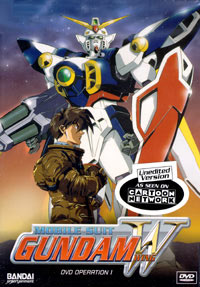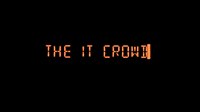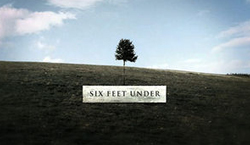Lists
















30 Shows, 23 Movies, 2 Books, 1 Podcast
Watch Later
Sort by:
Recent Desc
More lists by Crazy Horse



Anime
List includes: Trigun, escaflowne, Mobile Suit Gundam Wing
April 2020
0
@Crazy-Horse666



Classic Cartoons
List includes: Johnny Bravo, Rugrats, Doug
April 2020
0
@Crazy-Horse666



Give It a Chance
List includes: The IT Crowd, Six Feet Under, The Mighty Boosh
April 2020
0
@Crazy-Horse666



Classic Television
List includes: Red Dwarf, The Young Ones, The Golden Girls
April 2020
0
@Crazy-Horse666



Obscure Television
List includes: Snuff Box, Greg the Bunny, The Andy Milonakis Show
April 2020
0
@Crazy-Horse666



TV
List includes: Doctor Who, Party Down, Wipeout
April 2020
0
@Crazy-Horse666



Reality Game Shows
List includes: Top Chef, big brother, America's Next Top Model
April 2020
0
@Crazy-Horse666



Classic Films
List includes: 2001: A Space Odyssey, Rumble Fish, The Warriors
April 2020
0
@Crazy-Horse666



Something Weird
Obscure Film
April 2020
1
@Crazy-Horse666